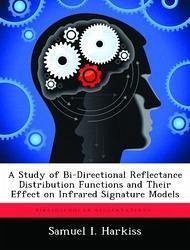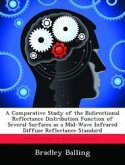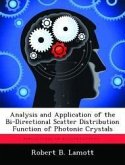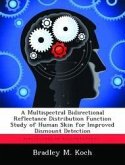Since 2004, AFIT has been developing a trend-analysis tool to assess large com-mercial aircraft infrared (LCAIR) signatures. In many cases, this code predictedsignatures to within 10% of measured data. However, other results indicated that thesingle-bounce, specular-re-ection algorithm being used failed to adequately simulateinteractions between aircraft parts where either the specular component is dominatedby di use re-ection or part-to-part multiple-bounce re-ections contribute signi cantlyto the signature; discrepancies greater than 100% were observed. This research in-corporates Bi-Directional Re-ectance Distribution Functions (BRDF's) and multiple-bounce calculations into the LCAIR model.A physical aircraft model was constructed from aluminum, and measurementswere taken before and after a surface treatment in gloss black paint. The Sandford-Robertson model is used to parameterize the BRDF's of both the bare aluminum andgloss black paint. Since the most e cient method of integrating a BRDF dependsupon the re-ectance distribution of the aircraft material, the sampling resolution ofthe BRDF integral is crucial to an accurate simulation.








